Hello Hivers,
Assalamu Alaikum, I hope you all are well I am also well by the grace of Allah . The subject of today's post is swan photography and some information about it.
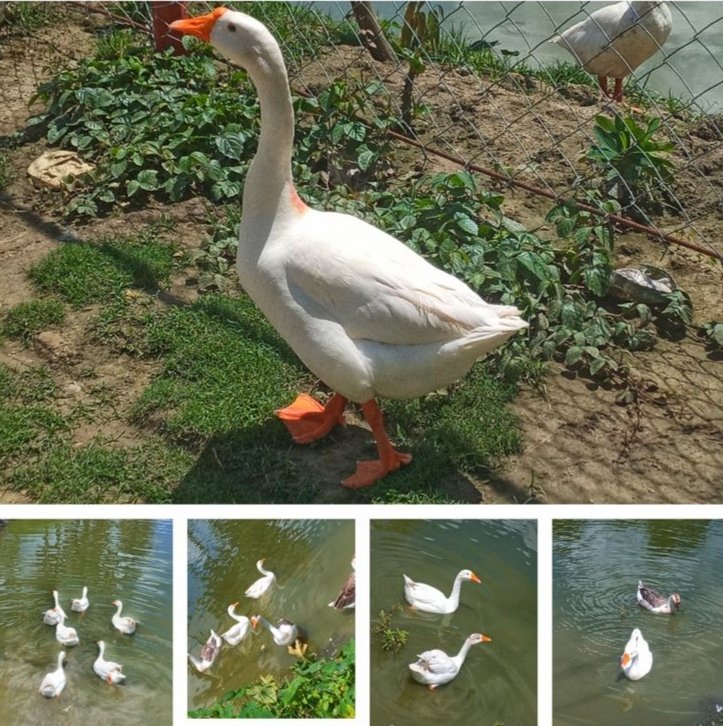
I love photography because taking pictures of things and editing them and many other things I love to do but I can't do them properly because my phone is not good because the functions I have on this phone are too few for them. Because of other phones or better devices orI don't have the amount of editing and editing tools that a laptop or PC has on my phone and I can't do it well, but I do what I can on my phone. If you like me, you must support me and love me. And if you find something bad in the post, then you must look at me in a nice way and if you like it, then you must support and encourage us so that I can show you more good photography in the future.
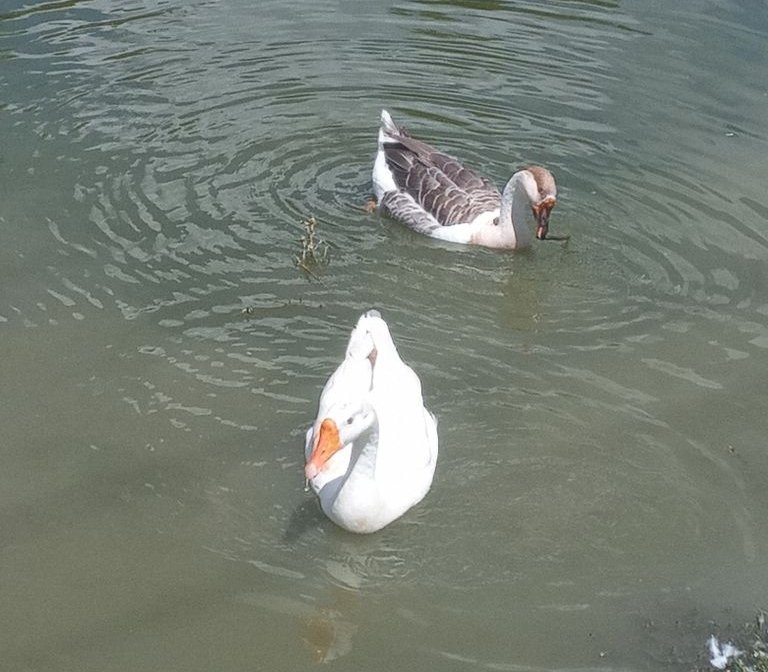
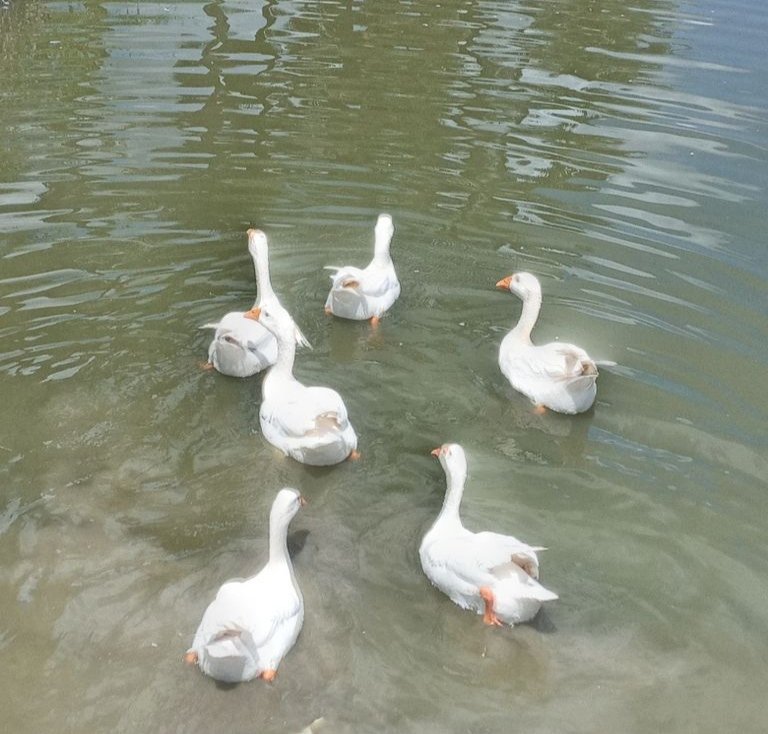
The largest members of the Anatidae family are swans (Anseriformes). Swans are members of three genera, including Anser (grey swan), Branta (black swan), and Chen (white swan). Some duck species, including some shelduck species having the name swan appended to them, are occasionally referred to as swans. Swans are also much larger than common ducks and other swans. They are distant relatives of swans, not swans.

The word Hans is gotten from Sanskrit Hansa. Its name is Swan since it is a major duck. Sanskrit Hansa and Latin Ansa come from a similar source. Ansa implies warped noose like a duck's neck. Anseriform implies swan-like or duck-like. Swans are huge and have a light crown on their heads. As they are huge in size, their neck is additionally very large.
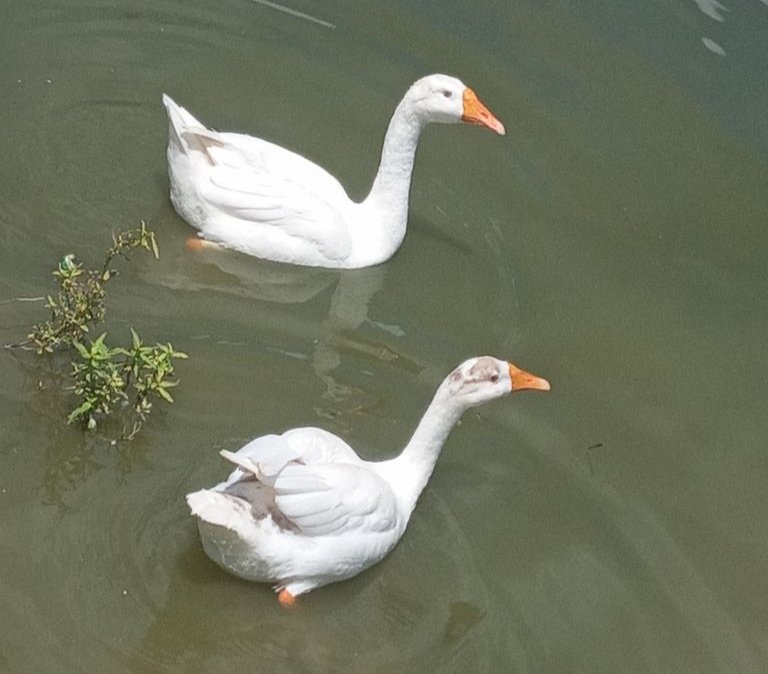
They don't make clamor like ordinary ducks, are seen pursuing individuals and move around in gatherings. Swan coordinates as a rule mate forever, yet at times separate because of regenerative disappointment or inability to settle. They lay three to eight eggs all at once.
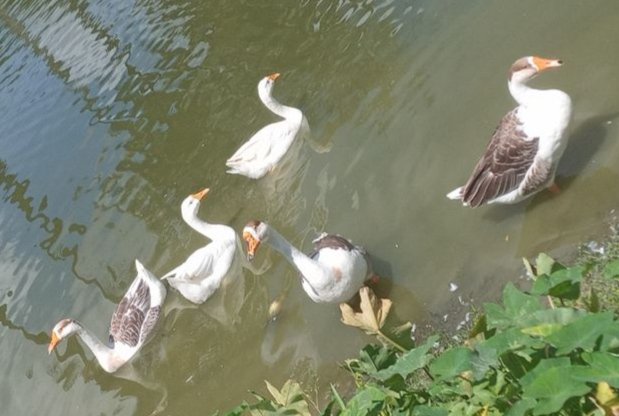
I hope You will like the pictures and if you like the photography then definitely support me and encourage me to do better. Thank you all
